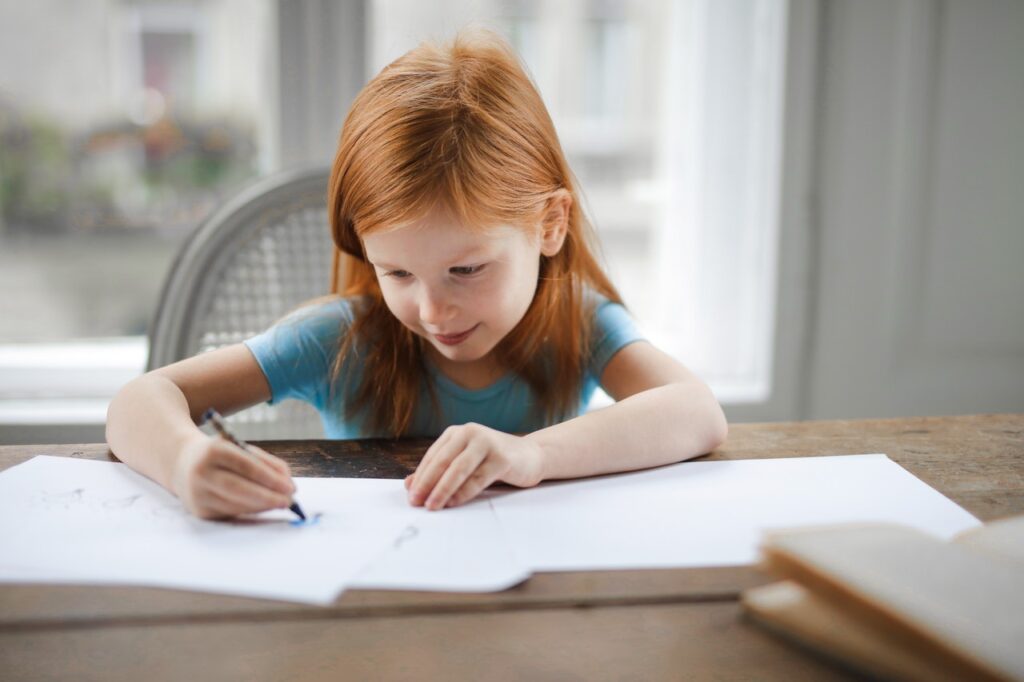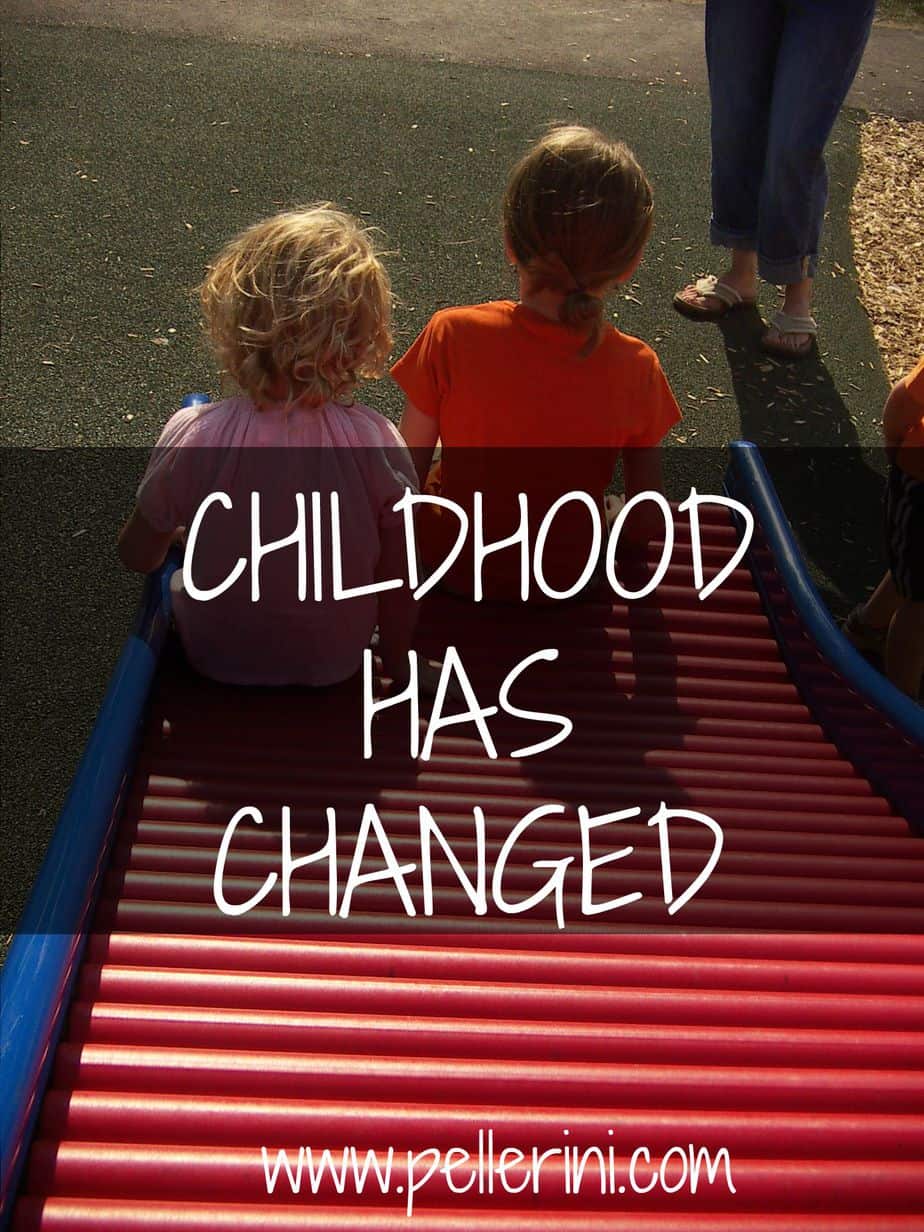Math is all around us! Many of us think we aren’t very good at it, but we use it all the time, not just when we have to ask google how much we should tip. We use it as we navigate the space around us, as we measure and assess amounts, recognize patterns and hone our expectations, and in myriad other ways. This is excellent news for setting your youngster up for math success in school.

There are so many ways you can talk about and teach math to prepare young learners to be expert mathematicians in their class!
Count and Measure Things
It is never too early to introduce ideas like more and less, none, equal, and long and short to your kids. You may have already noticed, even tiny children understand the concept of more when they want more. Your job is to pick up on this understanding, and your child put words to it. When your child is learning to speak, help them learn simple counting by counting the crackers at snack, the eyes, noses, or feet of their stuffed toys or dolls, the doors on your car.
Counting everything you run across will help your child not only learn their numbers but learn ideas like large and small amounts. You can also play with a ruler, which, after all, is just counting inches or centimeters. The bonus here is that you and your child will have fun, and learning should be fun!
The Building Blocks of Geometry and Algebra
It may seem absurd to talk about algebra and geometry in relation to your two-year-old, but early childhood is an excellent time for kids to master concepts that will serve them well down the road. It’s a great idea to have toys in many different shapes and the same kind of toys in various sizes. You can give your child the chance to explore volume with supervised sand and water play. Make sure you have lots of containers to examine and talk about which container might hold more.
It’s also good to help your child to notice and understand patterns. For very young children, this can be as simple as having a daily routine. Older kids will love creating their own patterns by stringing beads, coloring without a coloring book, or even making marks on the ground with a stick. It is also important to recognize the patterns that kids see every day. Point out when pavers are laid in a grid; landscaping is done in neat, orderly rows; someone is wearing stripes or another repeating design; or any other pattern you notice. Check out this longer article from Head Start for more ideas.
Substitute Video Games with Math Learning Games
There are great systems out there that will use adaptive learning and fun activities and games to help your little one learn the building blocks of math. Let’s face it, we all have “mommy’s tired” moments when we hand our child an iPad. Instead of letting your kiddo watch YouTube videos of other kiddos unboxing, help them use this screen time productively by playing and learning new math concepts and skills. Chances are, your kid will love to be more proactively engaged with the screen, and you won’t feel so bad about having them plugged in.




Leave a Reply